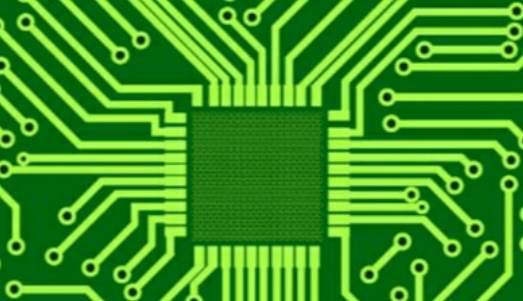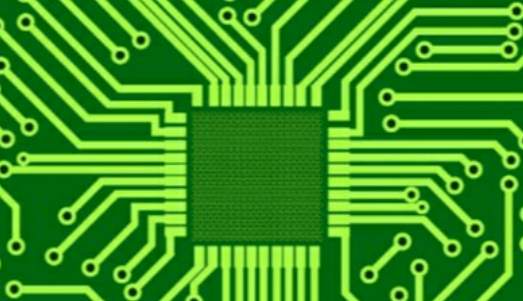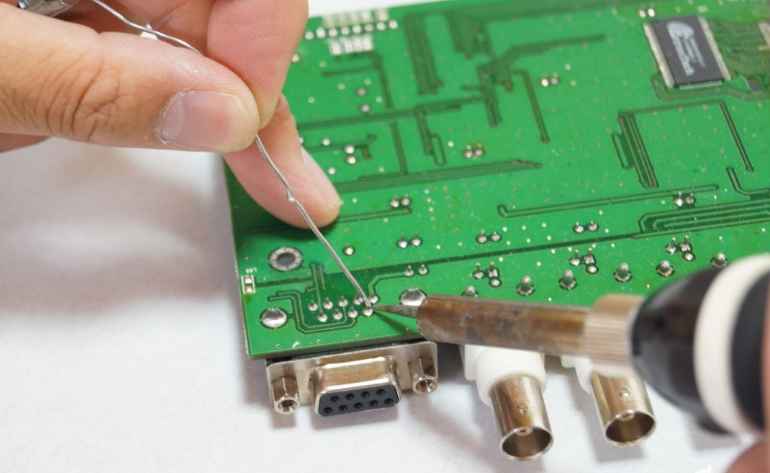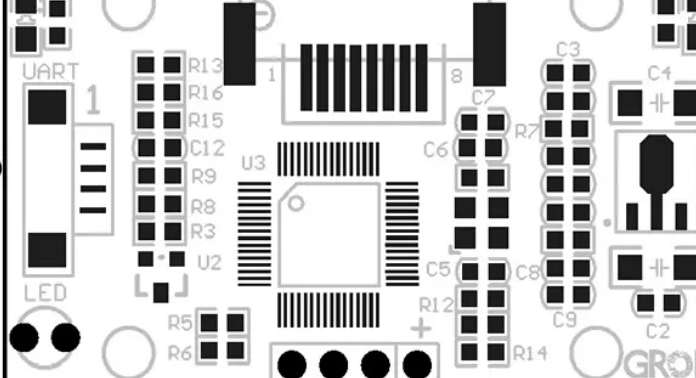
The heat generated during the work of electronic equipment makes the internal temperature of the equipment rise rapidly. If the heat is not distributed in time, the equipment will continue to heat up, and the devices will be due to overheating effect, and the reliability of electronic equipment will decline. Therefore, it is very important to heat the circuit board.
I. Analysis of temperature rise factors of printed circuit board
Second, the direct cause of PCB temperature rise is due to the existence of circuit power consumption devices, electronic devices have varying degrees of power consumption, heating intensity varies with the power consumption.
3. Two phenomena of temperature rise in printed boards:
(1) local temperature rise or large area temperature rise;
Five, (2) short-time temperature rise or long-term temperature rise.
Vi.
7. When analyzing PCB thermal power consumption, it is generally analyzed from the following aspects.
Viii. 1. Electrical power consumption
(1) Analysis of power consumption per unit area;
(2) Analyze the power distribution on the PCB board.
2. Structure of printed board
(1) the size of the printed board;
(2) Materials for printed boards.

12. (1) Installation mode (such as vertical installation and horizontal installation);
13. (2) Sealing condition and distance from the housing.
Xiv.
4. Thermal radiation
16. (1) Radiation coefficient of the printed board surface;
(2) Temperature differences between printed boards and adjacent surfaces and their absolute temperatures;
Eighteen.
19. 5. Heat Conduction
20. (1) Install the radiator;
(2) Conduction of other installation structures.
22.
23. 6. Heat convection
24. (1) Natural convection;
(2) Forced cooling convection.
26, from PCB analysis of the above factors is an effective way to solve the printed board temperature rise, often in a product and system of these factors are interrelated and dependent, most factors should be analyzed according to the actual situation, only for a specific actual situation can be more correctly calculated or estimated temperature rise and power consumption and other parameters.
27.
28, two, circuit board heat dissipation mode
29, 1, high heating device plus radiator, heat conduction plate
30. When the heat of a few components in PCB is larger (less than 3), the radiator or heat conduction tube can be added to the heating component. When the temperature can not be lowered, the radiator with a fan can be used to enhance the heat dissipation effect. When the amount of heating devices is large (more than 3), you can use a large heat sink (plate), which is customized according to the position and height of the heating devices on the PCB board, or in a large flat radiator cut out different positions of the components. The radiator cover is fastened on the component surface as a whole, and contact with each component to dissipate heat. However, due to the low consistency of components during welding, the heat dissipation effect is not good. Soft thermal phase change pads are usually added on the surface of components to improve the heat dissipation effect.
2, through the PCB board itself heat dissipation
At present, PCB board is widely used in copper/epoxy glass cloth substrate or phenolic resin glass cloth substrate, there is a small amount of paper coated copper board. Although these substrates have excellent electrical properties and processing properties, but poor heat dissipation, as a heat dissipation way of high heating components, almost can not be expected from the PCB resin conduction heat, but from the surface of the components to the surrounding air heat dissipation. However, as electronic products have entered the era of component miniaturization, high-density installation and high thermal assembly, it is not enough to only rely on the surface of components with very small surface area to dissipate heat. At the same time, due to the large number of surface mounted components such as QFP, BGA, the heat generated by components to PCB board, therefore, the best way to solve the heat dissipation is to improve the heat dissipation capacity of PCB in direct contact with the heating element, through the PCB board conduction out or out.
3, the use of reasonable wire design to achieve heat dissipation
Because the resin in the plate has poor thermal conductivity, and the copper foil line and hole are good conductors of heat, so improving the copper foil residual rate and increasing the heat conduction hole is the main means of heat dissipation.
To evaluate the heat dissipation capacity of PCB, it is necessary to calculate the equivalent thermal conductivity (9EQ) of the insulating substrate for PCB, which is composed of various materials with different thermal conductivity.
4. For the use of free convection air cooling equipment, it is best to arrange integrated circuits (or other devices) by the length of the way, or by the length of the way.
5. The devices on the same printed board should be arranged as far as possible according to their calorific value and degree of heat dissipation. Devices with small calorific value or poor heat resistance (such as small signal transistors, small-scale integrated circuits, electrolytic capacitors, etc.) should be placed at the upper stream of the cooling flow (entrance). Devices with high calorific value or good heat resistance (such as power transistors, large-scale integrated circuits, etc.) are placed at the downstream of the cooling flow.
6. In the horizontal direction, the high-power devices should be arranged as close to the edge of the printed board as possible, so as to shorten the heat transfer path; In the vertical direction, the high-power components are arranged as close as possible to the top of the printed board, so as to reduce the impact of these components on the temperature of other components.
7, more sensitive to the temperature of the device is best placed in the lowest temperature area (such as the bottom of the equipment), do not put it above the heating device, multiple devices are best in the horizontal staggered layout.
8, the heat dissipation of the printed board in the equipment mainly depends on the air flow, so in the design to study the air flow path, reasonable configuration of devices or printed circuit boards. Air flow always tends to flow where the resistance is low, so when configuring components on the printed circuit board, avoid leaving a large area of airspace. The configuration of multiple printed circuit boards in the whole machine should also pay attention to the same problem.
9. Avoid the concentration of hot spots on the PCB, distribute the power evenly on the PCB board as far as possible, and maintain the uniform and consistent temperature performance of the PCB surface. Often in the design process to achieve strict uniform distribution is more difficult, but we must avoid the power density is too high in the area, so as to avoid the occurrence of hot spots affect the normal operation of the entire circuit. If conditions are available, it is necessary to carry out thermal performance analysis of printed circuits. For example, the thermal performance index analysis software module added in some professional PCB design software can help designers optimize circuit design.









